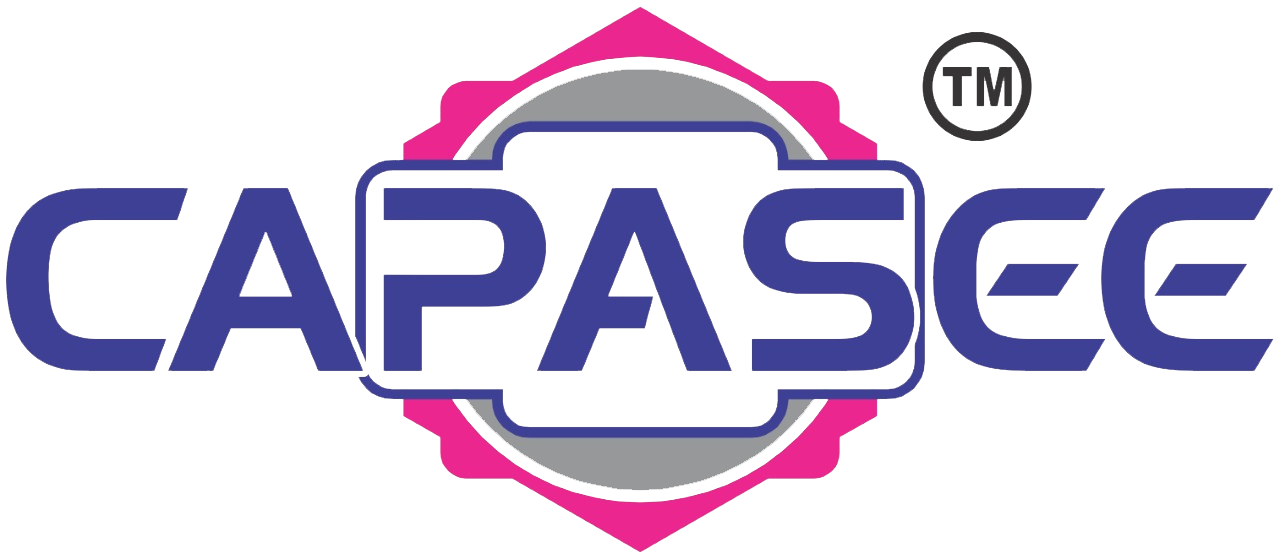In medicine, a hypodermic needle syringe is a device used for liquid injection or extraction from the body. Its two principal components are a syringe tube and a sharp needle. Among many other treatments, doctors and nurses use it for vaccinations and blood testing.
Although receiving a shot can be frightening, this instrument saves lives daily. Everyone needs it at some time, from small children to elderly persons. Its tiny scale helps to conceal the true significance of it in clinics and hospitals.
Understanding these syringes’ mechanisms helps people remain healthy and safe. It goes beyond the needle. It also relates to its usage and quality of manufacture.
Types of Hypodermic Needle Syringes
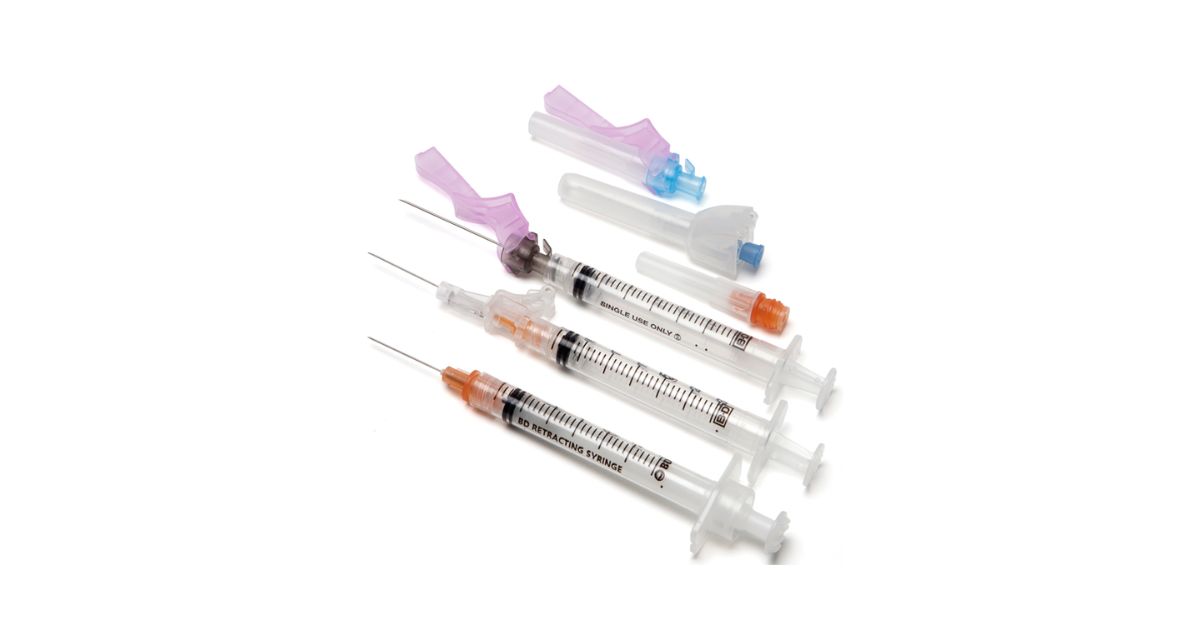
There are several kinds of hypodermic needle syringes, each intended for particular medical use. Blood collecting and general injections usually use standard hypodermic needles. Their several needle sizes and lengths let doctors select the right size depending on the viscosity of the medication and the patient’s requirements. Safety syringes help to lower the danger of needlestick injuries by including retractable needles or protective shields, therefore improving safety for patients and workers.
Still another kind is the insulin syringe, made especially for diabetes patients’ insulin administration. These syringes are measured in insulin units and feature fine needles, therefore guaranteeing correct dosage.
Medication is preloaded in prefilled syringes, therefore lowering the danger of contamination and streamlining the administration technique. Single use devices called auto disabled syringes automatically turn off following one use, therefore avoiding reusing and lowering the danger of cross contamination. Every kind is absolutely important for guaranteeing efficient and safe medical therapy.
Read Also More: Levin Tube Uses, Insertion & Care Explained Simply
By Needle Type
Every hypodermic needle syringe is meant for a certain clinical use. Standard hypodermic needles fit subcutaneous injections as well as intramuscular injections since they come in different needle gauge sizes and lengths. Particularly in sensitive operations like blood collecting and insulin delivery, many Pakistani hospitals employ hospital grade hypodermics with a beveled tip for seamless and pain free injections.
Safety needles include a built in safety mechanism meant to reduce needlestick injury risk. Certain kinds, including retractable needles, pull the needle back after usage using one handed activation. Often found in blister packaging to reduce waste, brands include Becton Dickinson, Covidien, Henry Schein Brand, and Terumo offer excellent medical injection supplies with needle and syringe combinations. By means of puncture-resistant sharps containers, these instruments help to guarantee patient comfort, appropriate needle compatibility, and safe needle disposal.
Conventional Hypodermic Needles
Among the most often used medical injection tools in Pakistani hospitals are hypodermic needle syringes with standard needles. Usually constructed with a disposable syringe and sterile needles, its design is basic. In many healthcare environments, these needles in varying needle gauge sizes and lengths enable safe usage for blood collecting, subcutaneous injections, and intramuscular injections.
Medical experts trust luer lock syringes and slip tip syringes among conventional forms. Top quality hospital grade hypodermics come from companies such as Becton Dickinson, Terumo, Covidien, and Henry Schein Brand. Every syringe with a linked needle helps to guarantee consistent drug distribution. These needles are used carefully and disposed of in puncture resistant sharps containers to avoid needlestick injury and guarantee complete clinical safety even though they lack retractable technology.
Safety Hypodermic Needles
Built in safety features of a hypodermic needle syringe help shield medical practitioners against needlestick accidents. Smart safety needle designs with automatic retraction and one handed activation abound from brands including VanishPoint®, SOL GUARD™, and SafetyGlide™. Many hospitals all throughout Pakistan utilize these throwaway medical tools for subcutaneous injections, intramuscular injections, and blood collecting using sterile needles.
Every safety syringe features a robust safety mechanism and a seamless needle retraction system, locking the needle within following usage. These items also include minimal dead space syringes, beveled tips, and blister packaging for needles for secure storage. With improved patient comfort and full regulatory compliance, trusted medical needle brands including Becton Dickinson, Covidien, Terumo, and Henry Schein Brand ensure clean, safe, and accurate medication delivery in any clinical environment.
Retractable Needles
Smart retractable technology in a hypodermic needle syringe with retractable needles, such as EasyPoint®, shields consumers following drug delivery. Following use, the needle retraction system brings the needle back into the syringe. In hospitals all throughout Pakistan, this function helps prevent needlestick injuries. For further clinical safety, it also supports quick and clean safe needle disposal utilizing puncture-resistant sharps containers.
These throw away medical tools have smooth bevelled tips, clean needles, and match varying needle gauge sizes and lengths. Companies including Becton Dickinson, Covidien, Henry Schein Brand, and Terumo provide hospital-grade hypodermics with injection safety elements. Subcutaneous injections, blood collection, and insulin delivery all use retractable kinds, luer lock syringes, and syringes with connected needles help to increase patient comfort and regulatory compliance.
Specialty Needles
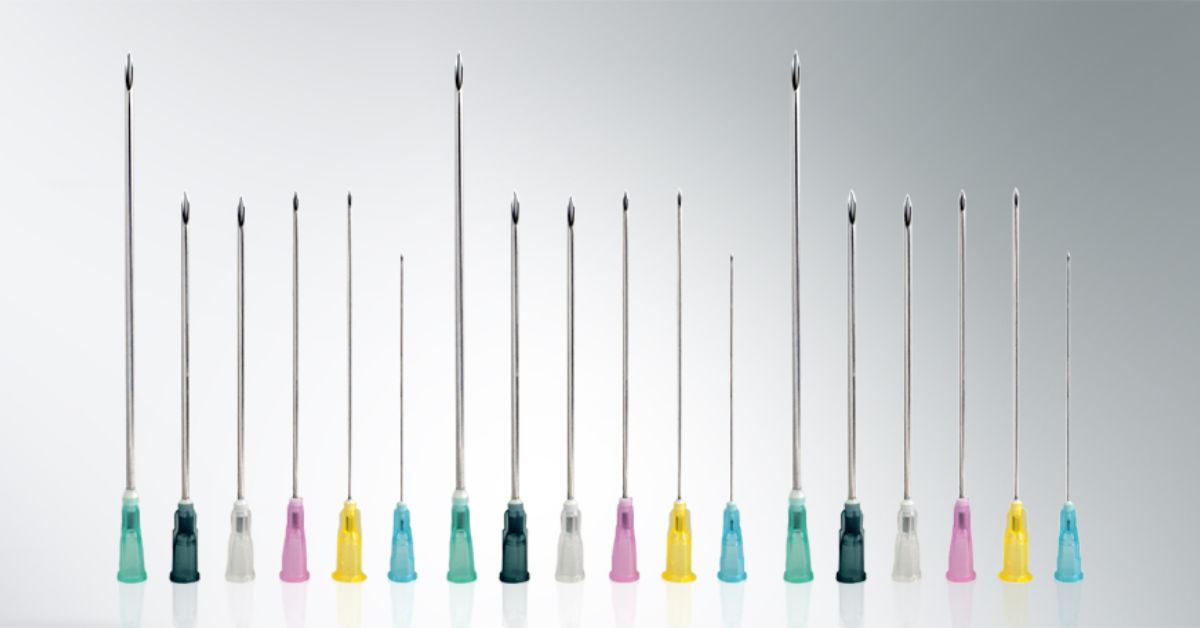
Special forms of a hypodermic needle syringe are designed for various medicinal purposes. For subcutaneous injections, insulin needles are thin and short, therefore providing pain free injections for insulin distribution. Longer and used in pain control during surgery or childbirth, epidural needles with strong safety features and smooth, bevelled tips found in blood collecting devices help to lower needlestick accidents in healthcare environments all throughout Pakistan.
Following regulatory compliance, these disposable syringes enable doctors to safely dispose of sharps containers by puncture resistant design. Top medical injection supplies come from companies such as Henry Schein Brand, Terumo, Becton Dickinson, and Covidien. For medicine administration, blood draws, or allergy testing with complete patient comfort and clinical safety, each syringe includes luer lock or slide tip, varying needle gauge sizes, and needle length.
By Syringe Type
Safe and accurate drug distribution in all clinical environments is accomplished with type A hypodermic needle syringe. Among the several syringes available are luer lock syringes, slip tip syringes, and syringes featuring connected needles. These syringes allow for intramuscular, subcutaneous, and even blood collecting injections. With built in safety features and better patient comfort offered by needle retraction devices, they also assist in lowering needlestick injuries.
Pakistani doctors store their disposable medical syringes which follow regulatory compliance along with blister packing for needles. Low dead space syringes, color coded needle hubs, and needle gauge sizes are features of many medical injection supplies used to increase accuracy. High quality hospital grade hypodermics abound from well known manufacturers including Becton Dickinson, Covidien, Terumo, and Henry Schein Brand. These disposable syringes find great application in clinical grade hypodermics, allergy testing, pain free injections, and insulin injection tools.
Luer Lock Syringes
Strong needle attachment is provided by a hypodermic needle syringe including luer lock system. In every therapeutic environment, it guarantees safe use and helps prevent leakage. Medication delivery, subcutaneous injections, and intramuscular injections are among the uses for which these syringes are trusted. Because they support accuracy tools and lower danger of needlestick injuries, doctors choose them during blood collecting and insulin delivery.
Luer lock syringes match safety needles and beveled tip exactly. This neat fit enhances patient comfort and supports needle retraction devices. They are part of many hospital grade hypodermics and are used with single use medical needles as disposable ones. Medical injectable supplies with regulatory compliance come from companies such as Covidien, Becton Dickinson, Henry Schein Brand, and Terumo. Low dead space syringes, color coded needle hubs, and puncture resistant sharps containers for safe needle disposal abound among these syringes.
Luer Slip Syringes
Well popular with regard to hypodermic needle syringe due to its friction based attachment are namely luer slip type syringes. The slip tip syringe allows ensuring that the needle is well stuck without any locking mechanism. There are blood collecting, subcutaneous injections, and intramuscular injections which are put to use for those syringes. Mostly paired with them, safety needles contribute to reducing the threat of needlestick injuries in medical surroundings.
These syringes are convenient and affordable to medical personnel who are administering medications. The hypodermic needles’ bevelled tip ensures insertion without any frills, hence comfort to a patient. Various needle gauges and lengths of luer slip syringes assist in meeting specific injection equipment needs. A number of them are packaged in blisters and may be disposed of in puncture resistant containers for sharps.
Prefilled Syringes
Convenient and ready to use, prefilled syringes present a safer way to administer medications. These hypodermic needle syringes reduce the requirement for preparation by including the drug already in situ. Usually used for subcutaneous injections for insulin delivery, they guarantee exact dosage and lower the contamination risk. Often provided to minimize needlestick accidents in medical environments are retractable and safety needles.
By cutting out the need for many stages in injection equipment preparation, prefilled syringes are meant to improve patient comfort. They come in needle sizes and lengths fit for several kinds of injections, including intramuscular ones. These disposable needles guarantee regulatory compliance with regard for needle safety technology and offer a practical solution with features like blister packing and safe needle disposal.
Tuberculin Syringes
Tuberculin syringes with 1 ml capacity are to be used for precise measurement. For subcutaneous injections, including allergy tests, blood collecting, this makes them perfect. They are administered accurately using hypodermic needles with a specific gauge and beveled tip. This syringe ensures proper measurement of medication and hence reducing wastage and safety issues with patients. Safety features embedded in these throw-away needles work to reduce the risk of needlestick injury.
Medical practitioners commonly make use of tuberculin syringes for small volume testing or insulin use. Their 1ml volume makes them competent for precise injections in various medical settings. Additionally, common in these syringes is the retractable technology and the safety-engineered needles for the enhancement of the patient’s comfort and reduction of contamination. These syringes help to ensure clinical safety and compliance to regulations in medical procedures through needle retraction devices.
Disposable vs. Reusable Syringes
Syringes intended for single use only are disposable. They ought to be disposed of correctly in puncture-resistant sharps containers following the injection. These syringes are perfect for lowest possible cross-contamination and infection risk. Commonly used with hypodermic needles, they exist in many needle gauge and length ranges. Many times featuring a needle retraction system, safety syringes improve patient comfort and lower the risk of needlestick injuries.
Convenience and sterility of disposable syringes provide their benefits. By guaranteeing clinical safety in medical environments, they help to lower the necessity of sterilizing. Their high degree of accuracy makes medical experts prefer them for intramuscular injections, subcutaneous injections, and insulin delivery. In blood collecting and other operations requiring one time use equipment for correct medicine delivery, disposable needles are indispensable.
Reusable Syringes
The reusable syringes are designed to be sterilized, cleaned, and reused. Eventually, they can be even cheaper than throwaway syringes, but they also require thorough cleaning and right sterilization to prevent infections. Typically made of sturdy materials, such syringes come into use with hooked-up needle systems. They are also usually used in specialist therapeutic surroundings that require high volumes of drugs.
For various medical operations, especially where needle safety and patient comfort are key, reusing syringes is less ideal due to the danger of poor sterilizing. By contrast, disposable medical syringes are generally chosen for safety and provide a better degree of regulatory compliance in healthcare environments. On disposable syringes, the hypodermic needle ensures that the features related to needle tip design and needle retraction maintain the best standards for clinical safety and cleanliness.
Key Features of High-Quality Hypodermic Needle Syringes
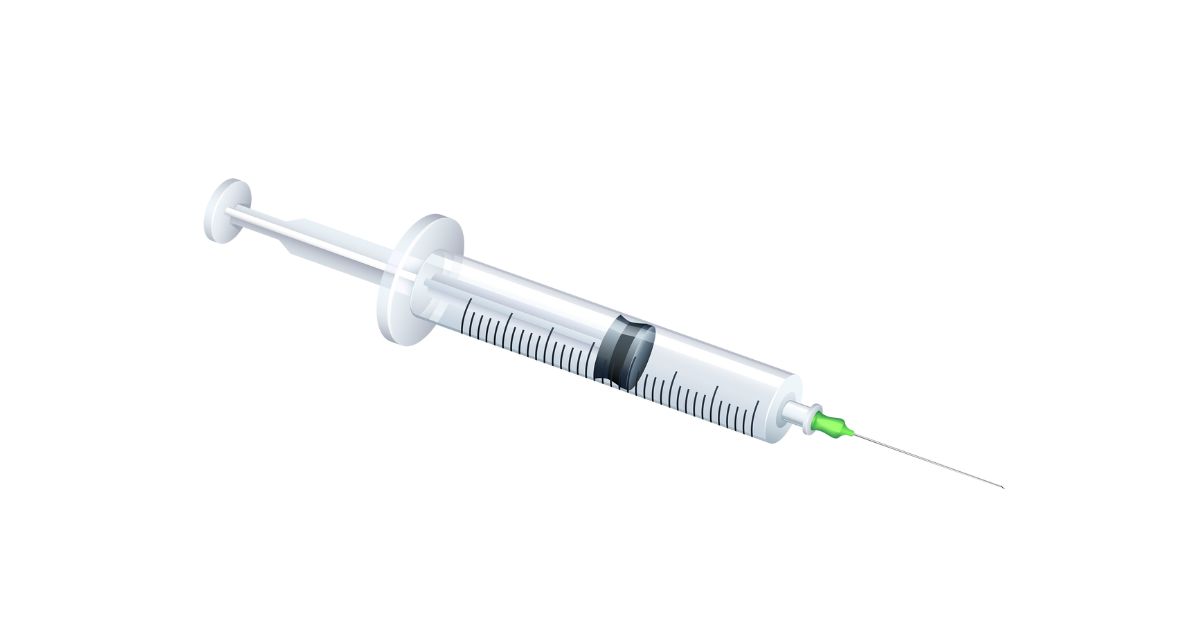
Good hypodermic needle syringes are essential for safe and correct drug delivery. Different medical demands demand different needle gauge sizes and lengths available on these syringes. Better insertion from bevelled tips reduces patient pain. Retractable needle safety syringes help to lower the risk of needlestick injuries. These syringes also incorporate a safety mechanism meant to operate automatically and protect patients and medical staff equally.
Essential for intramuscular, subcutaneous, and insulin delivery, Terumo, Becton Dickinson, and Covidien are among the top hypodermic needle syringes with great accuracy. Luer lock syringes trustworthiness during injections since they fit needles tightly. Moreover meant to minimize needle retraction for optimal patient comfort and easier disposal are premium syringes. Through support of clinical safety and regulatory compliance, these components ensure high standards in healthcare settings.
Safety Mechanisms
Safety devices greatly affect whether or not needlestick injuries occur in hypodermic needle syringes. Retractable needles are designed to automatically retract after use, therefore tightly enclosing the needle. By reducing the accidental poke danger, this needle retraction device ensures both medical practitioner and patient safety. Moreover usually seen in disposable syringes to ensure hygiene and simplicity of use, these syringes have safety needles.
Hinged shields are another safety precaution included into hypodermic needles. These shields protect the needle used, therefore avoiding unintentional exposure. Usually designed for one handed activation, they are easy for doctors to operate. Many Luer lock syringes include comparable shields to ensure a tight fit. These advanced safety features of modern injectable equipment used in healthcare settings all throughout the world serve to guarantee clinical safety as well as their own.
Material Quality
Material quality of hypodermic needle syringes determines whether patient safety and comfort can be maintained. Strong, non-toxic medical-grade plastic guarantees a sterile environment for injections, so highly quality syringes are produced from it. Furthermore, important for the accuracy and effectiveness of subcutaneous or intramuscular injections are the needle gauge and length. Good materials reduce issues including contamination or needle breakage, therefore supporting clinical safety.
Still another necessary component of hypodermic needle syringes are stainless steel needles. Stainless steel offers strength, flexibility, and corrosion resistance, thereby ensuring the needle stays sharp for exact medicament delivery. Safety needles with a beveled tip help to lower injection pain. Made with the best materials by major medical needle brands like Becton Dickinson, Covidien, and Terumo, disposable syringes exceed regulatory criteria and give patient comfort throughout medical procedures.
Compatibility
Choosing a hypodermic needle syringe calls for careful thought on the needle gauge and syringe matching suitable for the medical need. The drug flow is controlled by the needle’s thickness, hence referred to as the needle gauge. In subcutaneous or intramuscular injections, for example, a larger needle gauge, that is, a greater number, is thinner and more suitable. Smaller gauges, lower numbers, are thicker and more appropriate for higher drug quantities.
Apart from the needle gauge, another important factor influencing needle compatibility is syringe size. Usually used Luer lock sizes are those ensuring a close fit for the hypodermic needle. Slip-tip syringes are also quite common for certain types of medical procedures. Safe needle disposal and lowering the needlestick injury risk depend on the right syringe combination and needle length.
Brand Reliability
Regarding hypodermic needle syringes, the dependability of brand greatly affects performance and safety. Providing a wide spectrum of safety syringes and needle retraction devices with its premium disposable syringes and sterile needles, is Becton Dickinson (BD). Because of their accuracy and dependability, medical professionals routinely pick BD’s products for intramuscular and subcutaneous injections.
Regarding medical injection supplies, Terumo and Henry Schein are both highly regarded names. Terumo specializes in advanced needle safety technology and Luer lock syringes, which provide a safe fit. Henry Schein offers pain-free injections with beveled tip safety needles. All three companies ensure their solutions meet the highest standards for patient comfort and clinical safety with an eye toward regulatory compliance and needle compatibility.
Regulatory Compliance
Dependability and safety of hypodermic needle syringes depend on regulatory compliance. Certifications from FDA, ISO, and CE confirm that the products meet high standards of quality and performance. These certifications help to guarantee that used in medical situations, sterile, disposable, and safety needles are safe. Furthermore, ensuring effective pharmaceutical distribution are the needle gauge’s and needle length’s designs.
FDA, ISO, and CE rules cover important issues including needle sterilization, syringe compatibility, and needle safety measures. As means of harm prevention, these guidelines also emphasize retractable needles and safety syringes. For instance, Luer lock syringes and slip tip syringes must meet these standards to prevent issues such as needlestick injuries. These certifications enable medical supplies experts and healthcare practitioners to ensure clinical safety and patient comfort.
How to Choose the Right Hypodermic Needle Syringe

The right hypodermic needle syringe determines how well medicine is delivered. First, considering the type of injection, consider the needle gauge and length. For example, although subcutaneous injections demand lower needle sizes, intramuscular injections call for larger ones. Luer lock syringes and slip tip syringes are routinely used in healthcare for safe attachment of the needle to stop leakage.
One more consideration is syringe safety mechanisms. Retractable safety needles are supposed to reduce needlestick injuries. Look for products approved for regulatory compliance by CE, ISO, or FDA. Minimal dead space syringes or ones with a beveled tip will help to increase patient comfort by lowering injection pain.
Needle Selection Factors
By thinking about such things as gauge number, needle length, and tip shape, one can select the appropriate hypodermic needle syringe. The gauge used on the needle varies from 18G to 30G. Small gauges are required for more viscous materials. Thicker medicines require larger needles such as 18G. Smaller calibre like 30G works well for less viscous injections. These components ensure the flow rate is proper when injecting and alleviate discomfort.
Also greatly affecting the efficiency of injections is the length of the needle. Intramuscular injections necessitate longer needles, subcutaneous injections call for shorter needles. Moreover, influencing the injectability is the tip form of the needle. Since it provides clean, smooth access into the skin, a beveled tip is ideal for lowering discomfort. Conversely, fill needles normally have blunt ends to reduce the risk of injury.
Syringe Selection Factors
The choice of the hypodermic needle syringe depends on its capacity, normally, this ranges from 1 ml to 20 ml or more. Smaller injections such as insulin delivery demand syringes with either 1 ml or 3 ml capacity. Usually recommended for larger volume injections, such as intramuscular injections, are 10 ml or 20 ml syringes. Selecting the right amount guarantees appropriate patient comfort and drug distribution.
Safety factors define how low the needlestick injury risk in hypodermic needle syringes is. Retractable needles, auto disabled systems, and needle shields help to stop unintended needle sticking. Designed especially for a given medical need, including those for TB testing or insulin, these designs satisfy requirements. For subcutaneous injections, for instance, insulin syringes have accurate markings that ensure proper medication distribution and increase patient safety.
Top Brands & Manufacturers of Hypodermic Needle Syringes
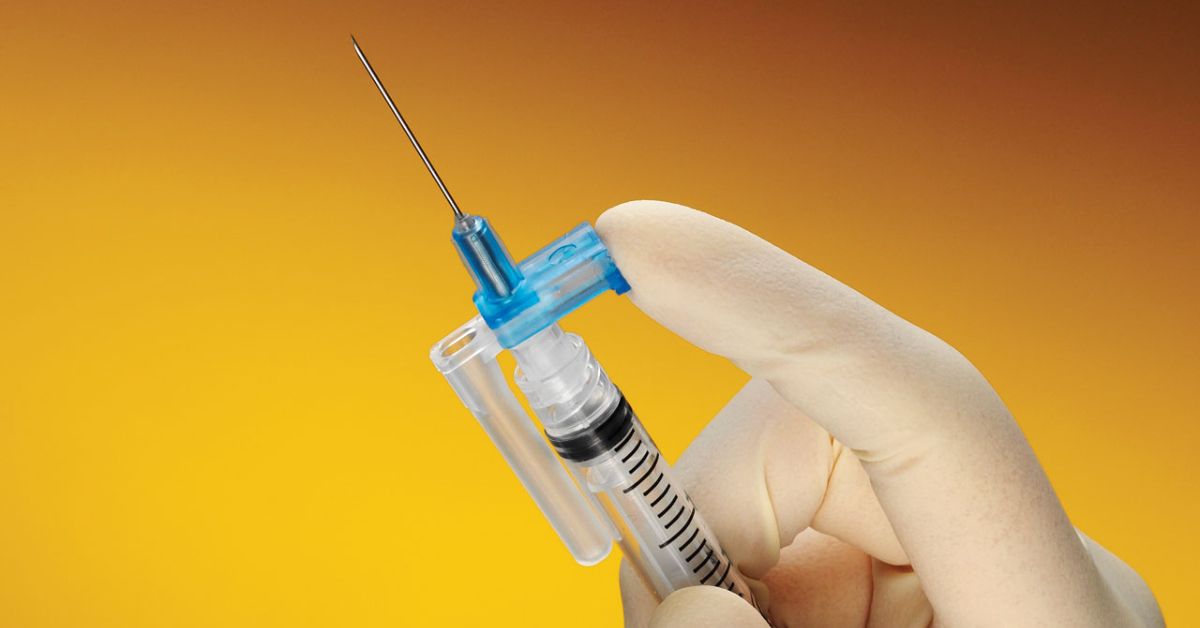
BD (Becton Dickinson) is a dominating player in the hypodermic needle syringe market. The company, renowned for high quality medical equipment, has a vast selection of syringes that come with retractable needles and beveled tips, addressing needle safety. The intramuscular and subcutaneous injections that would be comfortable and accurate for the patient are popular applications for these syringes in medical settings.
Terumo is another reputable brand making safety syringes, including the SOL CARE™ range. Known for hinged safety needles, Terumo uses innovative needle retraction techniques to reduce needlestick accidents. Other reputable brands such as Henry Schein, VanishPoint®, and Magellan™ also provide excellent disposable syringes geared to meet medical professionals’ needs while ensuring clinical safety and regulatory compliance.
Common Uses of Hypodermic Needle Syringes
Many different types of medication delivery make use of hypodermic needle syringes. Giving patients vaccines, insulin, and IV drugs depends heavily on them. Usually delivered with disposable syringes, subcutaneous and intramuscular injections are common. These syringes are designed to provide patient comfort and accuracy in drug distribution, reducing needlestick injuries in clinical settings.
Furthermore, greatly benefited by hypodermic needles are blood collection and testing. They let doctors collect samples for many diagnostic tests, including blood draws. Other important uses include fluid aspiration and irrigation, in which syringes are used either to add or remove liquids. Since they provide targeted pain relief and treatment, specialized procedures such as allergy shots and epidural needles also depend on these syringes.
Safety & Regulatory Standards

Hypodermic needle syringes have to satisfy strict safety and regulatory requirements to ensure proper pharmaceutical distribution. FDA approved hypodermic needles guarantee syringes meet required sterility and safety criteria. Among these requirements is ISO 7886-1, which ensures syringes are sterile and safe for clinical use. This level of quality control helps prevent needlestick mishaps and protects patient safety.
Medical professionals can rely on hypodermic syringes guaranteed by FDA and CE guidelines as safe and dependable. Another top concern is needlestick avoidance, OSHA develops guidelines to lower the risk of injury. Safety needles with automatic retraction and needle retraction provide even greater protection to patients and doctors. Together with throw away syringes, these elements contribute to a safer healthcare environment.
Conclusion
The suitable hypodermic needle syringe selected will help to guarantee both safety and efficacy in pharmacological delivery. The right syringe promotes patient comfort, lowers the needlestick injury risk, and guarantees proper dosage distribution. Choosing syringes that meet regulatory safety and sterility requirements is quite important. See doctors always for specific advice tailored to your needs. This ensures both patients and doctors the best possible outcome during injections and treatments.
FAQ’s
What is the most commonly used hypodermic syringe?
Perfect for blood collecting and injections, 3 ml syringes are most regularly used hypodermic syringes.
What kind of syringe is used in hospitals?
Usually used for multiple injections and fluid distribution, hospitals employ 10 ml and 20 ml disposable hypodermic syringes.
What are the needles that doctors use?
Different sizes and lengths of hypodermic needles of gauge size are used by doctors depending on the injection type and patient need.
What is the difference between a syringe and a hypodermic syringe?
While most commonly applied syringes are used for various purposes, a hypodermic syringe is specifically designed for injections and includes a needle attached.
Which syringe is best for injection?
The most typical selections for precision are the 3 ml, 5 ml, and 10 ml syringes. The best syringe is the one that matches the type of medication.
What is the common use of hypodermic syringe?
Common uses include vaccines, blood collection, and medicine delivery, which are typically handled with hypodermic needles.
